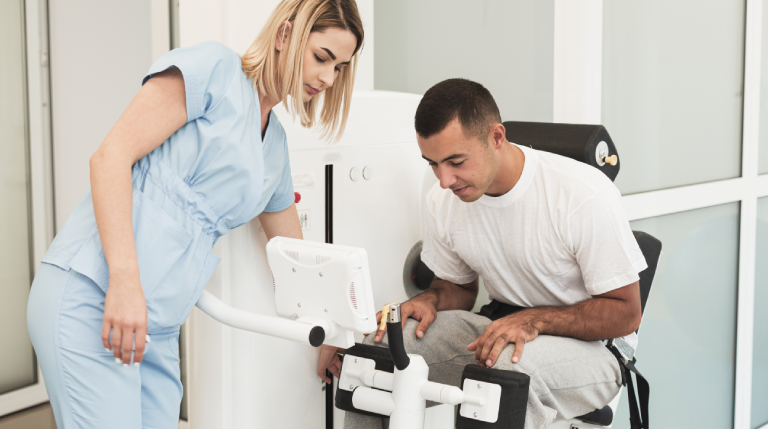
Differences between total knee replacement and partial knee replacement
Knee replacement surgery is a prevalent medical intervention that involves the replacement of a damaged or degenerated knee joint with a prosthetic one. This procedure comes in two types: total knee replacement (TKR) and partial knee replacement (PKR). Although both surgeries are intended to relieve pain and enhance knee function, there are notable distinctions between the two procedures. In this article, we will delve into the differences between total knee replacement and partial knee replacement, covering aspects such as indications, surgical techniques, recovery periods, and associated risks.
Indications for Surgery
Total knee replacement surgery is typically recommended for patients who have widespread damage or arthritis in all three compartments of the knee joint. This type of surgery involves replacing the entire knee joint with a prosthesis. Patients with severe knee pain, stiffness, and limited mobility that impairs their daily activities may be considered candidates for TKR.
Partial knee replacement surgery, on the other hand, is typically recommended for patients who have localised damage or arthritis in only one or two compartments of the knee joint. PKR involves replacing only the damaged portion of the knee joint with a prosthesis, leaving the healthy parts of the knee intact. Patients with isolated pain and limited mobility in one or two compartments of the knee joint may be considered candidates for PKR.
Surgical Technique
The undertaking of total knee replacement surgery warrants creating an opening in the anterior portion of the knee joint, eliminating the affected regions of the femur and tibia, and substituting them with a prosthetic joint. In certain cases, the patella (kneecap) may also sustain replacement. The prosthetic joint contains metallic elements that adhere to the remaining bone, along with a plastic spacer that serves as the fresh joint surface. To ensure proper alignment, the surgeon may employ specialised tools such as cutting guides and drills.
Partial knee replacement surgery involves making a smaller incision and removing only the damaged portion of the knee joint. The healthy parts of the knee joint are left intact. The surgeon may use special instruments to ensure that the prosthesis is aligned correctly. PKR is a less invasive procedure than TKR and typically results in less blood loss and a quicker recovery time.
Recovery Time
The recuperation time after total knee replacement surgery is ordinarily longer than that of partial knee replacement surgery. After TKR, patients may need to stay in the hospital for a few days and then participate in physical therapy for several weeks or months. Patients may also need to use assistive devices such as crutches or a walker for a few weeks after surgery. The full recovery time after TKR may take up to six months or longer.
After partial knee replacement surgery, patients typically spend less time in the hospital and require less post-operative physical therapy than those who undergo TKR. Patients may be able to return to work and normal activities sooner than those who undergo TKR. The full recovery time after PKR may take up to six weeks or longer.
While there are several qualified orthopaedic centres in Delhi, YK Orthopaedics stands out as a top-tier option for joint replacement surgery. The centre has a highly experienced team of professionals, state-of-the-art technology, and an impressive track record of successful aftermaths. Their patient-centric approach ensures that each individual receives personalised treatment and care throughout their recovery process. Additionally, the centre provides comprehensive pre- and post-operative support to guarantee the best possible results. Therefore, if you’re considering joint replacement surgery, YK Orthopaedics is a reliable and optimal choice to receive top-quality care and successful outcomes.




